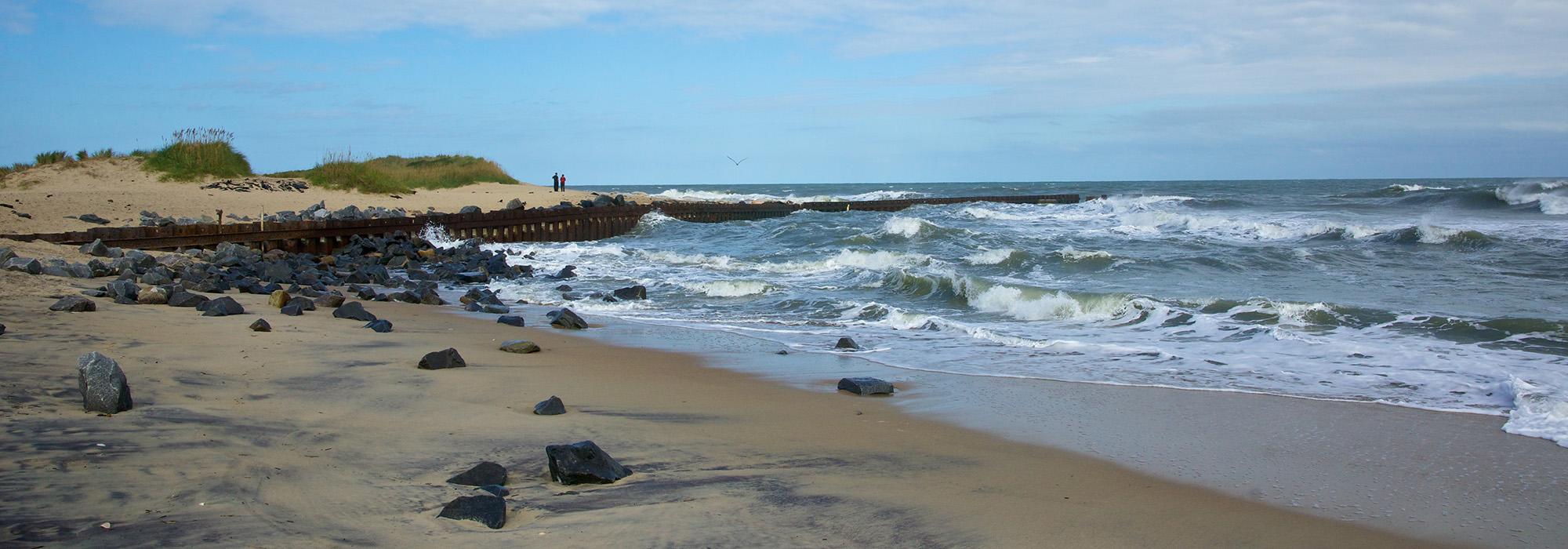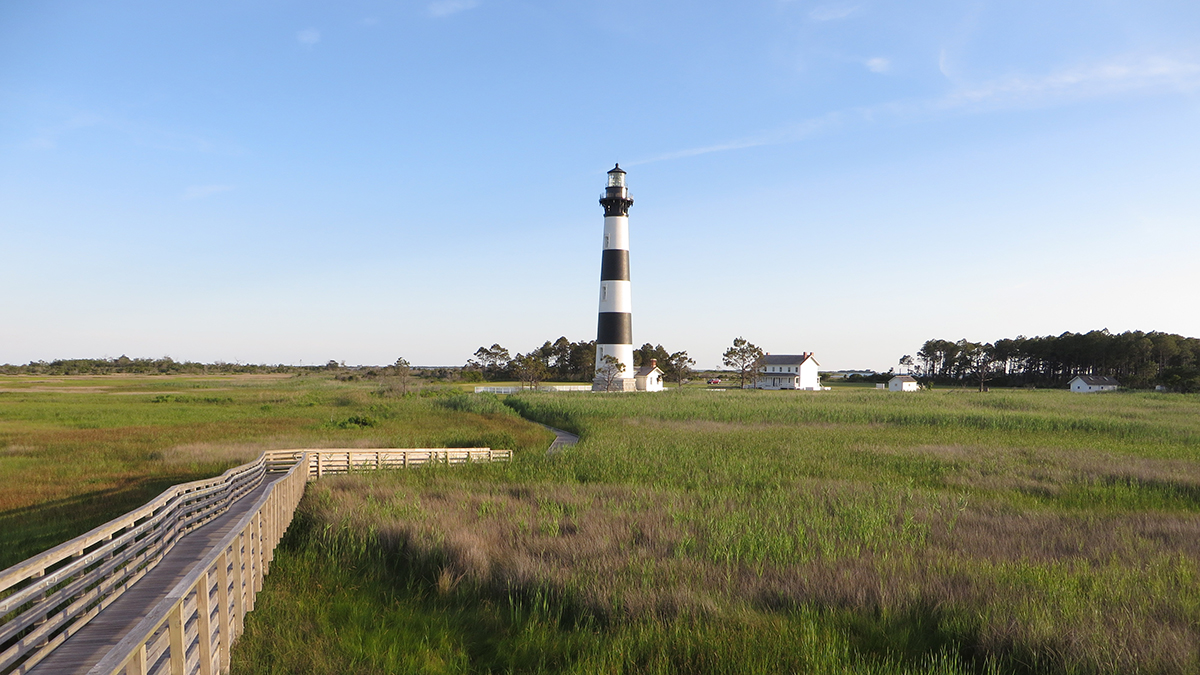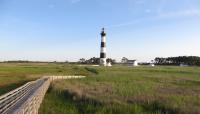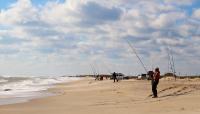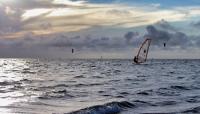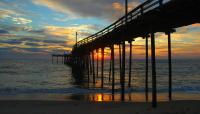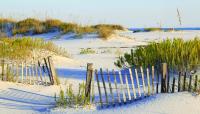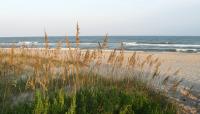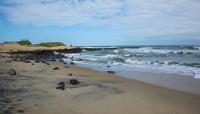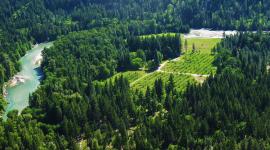Landscape Information
Forming part of the 200-mile-long chain of barrier islands known as the Outer Banks off the coast of North Carolina and Virginia, this 70-mile-long stretch of seashore was originally inhabited by Carolina-Algonquian speaking tribes. European settlers first arrived in 1584, eventually establishing the famous “lost colony” on nearby Roanoke Island. Pirates, including the legendary Blackbeard, would later store goods looted from Spanish and British ships in the seashore’s many coves and inlets. To help navigate the coastline’ s deadly Diamond Shoals, which had earned the region the nickname “Graveyard of the Atlantic,” a lighthouse was built upon the coast of Hatteras Island in 1803, later replaced in 1870 by the current 208-foot-tall Cape Hatteras lighthouse. Designated as the nation’s first national seashore in 1937, Cape Hatteras made history again in 1942 when Germany launched the submarine assault Operation Paukenschlag, resulting in the sinking of 397 ships just off the coast.
The Cape Hatteras National Seashore is formed by a series of narrow bow-shaped barrier islands. Separated from the mainland, the islands constantly move and morph in response to storms, ocean currents, sea-level changes, and wave and wind action. Stretching between Bodie Island in the north and the southern tip of Ocracoke Island in the south, the landscape comprises beaches, dunes, maritime forests, salt marshes, and shrub thickets. Located on Hatteras Island, northeast of Ocracoke, is the Buxton Woods Coastal Reserve, which contains the Cape Hatteras lighthouse, relocated 3,000 feet farther inland in 1999, and a World War II British cemetery. Abounding in natural beauty, the national seashore is home to several threatened and endangered species, including the piping plover and loggerhead sea turtle. The national seashore is one of three area parks administered by the National Park Service, including the Fort Raleigh National Historic Site on Roanoke Island and the Wright Brothers National Memorial at Kill Devil Hills.



